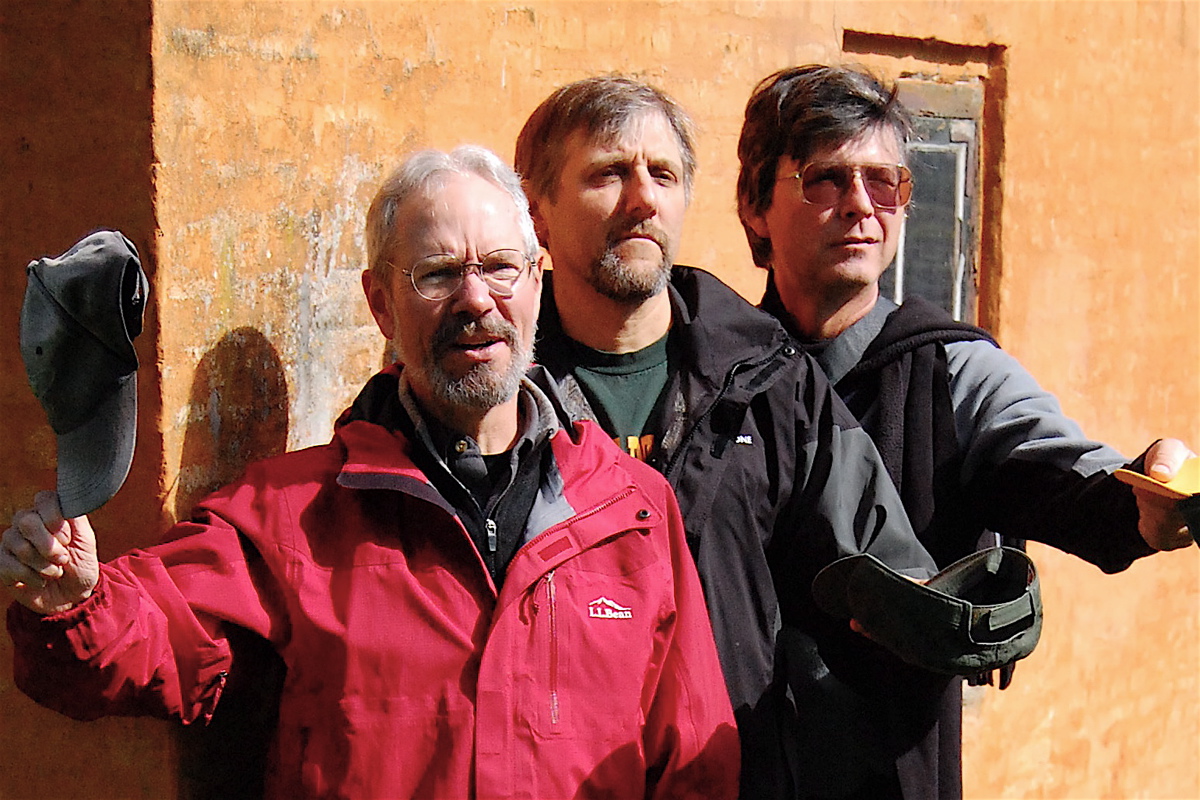
1/ Primer on Inhalation Dose
Remember that whether it is via close contact or far field (same indoor space but not close contact) inhalation dose associated with virus laden aerosol particles is defined by the same variables:
Dosei = Ci x B x t x fi
Let's take a closer look.
Remember that whether it is via close contact or far field (same indoor space but not close contact) inhalation dose associated with virus laden aerosol particles is defined by the same variables:
Dosei = Ci x B x t x fi
Let's take a closer look.
2/ For aerosol particles (as opposed to actual virions in those particles), Dosei is the number of particles in size range i that are inhaled and deposited in the respiratory system.
3/ These size-fractionated particle numbers can then be converted to size-fractionated particle volume or total volume in different parts of the respiratory system, as we have done with the safeairspaces.com model.
4/ This volume can then be linked to virions if infectious viral load is known or estimated for different particle sizes, or can be anchored to specific outbreaks with use of a dose-response model (as we did with the model described above).
5/ Ci is the concentration of particles in size range i in the breathing zone of the receptor (#/L). It can be substantially reduced using a number of approaches, none of which border on rocket science.
6/ It can be reduced by (a) wearing a mask (Ci is taken as the zone inside the mask), (b) requiring universal mask wearing (to reduce emissions from infectors), (c) increasing ventilation, or (d) utilizing or improving filtration. But there is more.
7/ It can also be reduced by (e) physical distancing (to reduce the near-field component of inhalation dose), or UVGI (upper-room preferred). Note that UVGI leads to inactivation of infectious viruses in aerosol particles as opposed to removing particles from the breathing zone.
8/ UVGI can be highly effective at reducing the “infectiousness” of aerosol particles. Reduction of Ci by (a) and (b) go a long way to reducing dose in BOTH the near- and far fields.
9/ Approaches (c), (d) and UVGI can go a long way to further reduce Ci (or infectious viruses associated with Ci in the case of UVGI) in the far field.
10/ It is possible to reduce inhalation dose by 95% through the right combination of factors that reduce Ci by 95%. That should have been a mantra from the start and throughout this pandemic.
11/ B is the respiratory minute volume (volume of air taken in with each breath) and has units of L/min. This has been an important but overlooked variable throughout the pandemic and can vary by an order of magnitude (and sometimes more) depending on indoor activity.
12/ For example, B is MUCH lower while working at your computer than during aerobic exercise in a gym. An infector with increased B also emits more aerosol particles (potentially a lot more).
13/ Importantly, increasing B by a factor of, say, 6 can lead to a doubling of inhalation dose even if ventilation is increased to reduce Ci by a factor of 3 (which is often not easy). Without that increase in ventilation the inhalation dose would have been much higher.
14/ Definitely avoid non-essential locations where B increases significantly and the space is NOT well ventilated. This will happen in gyms, dance studios, etc.
15/ Unfortunately, it also happens in workplaces where strenuous activities occur indoors. Stressing the fundamentals of inhalation dose and how to reduce it ought to be a focus of employers.
16/ The term t is simply the time spent in a space with an infector (min). This is where human behavior comes into play. Avoid or significantly reduce time spent in non-essential indoor spaces away from home.
17/ The term fi is the fraction of particles in size range i that deposit in the respiratory system and takes on values of less than or equal to 1. The location of where these particles deposit in the respiratory system is relevant.
18/ Our simulations show that for nose breathers the large majority (approximately 70 to 75%) of aerosol particles and particle volume for those particles of relevance to conveyance of SARS-CoV-2 are deposited in the nose and nasopharynx region.
19/ Appreciable (average around 20 to 25%) occurs in the alveolar region. Deposition in the tracheobronchial region is generally less than 10%.
20/ Note that these numbers shift to some extent depending on whether a mask is worn or not; the effectiveness of the mask for removing different particle sizes leads to a shift in the particle size distribution from outside to inside the mask.
21/ Reducing inhalation dose has been key to reducing propagation of COVID-19 throughout this pandemic. Unfortunately, those who had the power to stress this early in the pandemic (and even throughout) failed. But this virus is not done killing. Keep pushing to save lives.
22/ So, to summarize, reduce Ci by wearing a mask and requiring universal mask wearing in indoor spaces where it cannot be confirmed with certainty that 100% of occupants have been fully vaccinated, increase ventilation, use improved central filtration and/or ...
23/ portable HEPA filtration, and consider use of upper-room UVGI if possible. Avoid spaces with others where your respiratory minute volume, or that of others, is elevated. Minimize time in non-essential indoor spaces.
24/ This was all true at the beginning of the pandemic. It has been true throughout. It is true today. More information is provided in my August 2020 blog entitled The Dose Makes the (risk of) Infection. corsiaq.com.
25/ Keep your guard up. Stay focused on reducing inhalation dose. Know those factors that will help you do so. Teach others.
And, of course, Just Do It!
And, of course, Just Do It!
• • •
Missing some Tweet in this thread? You can try to
force a refresh








